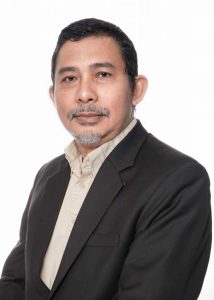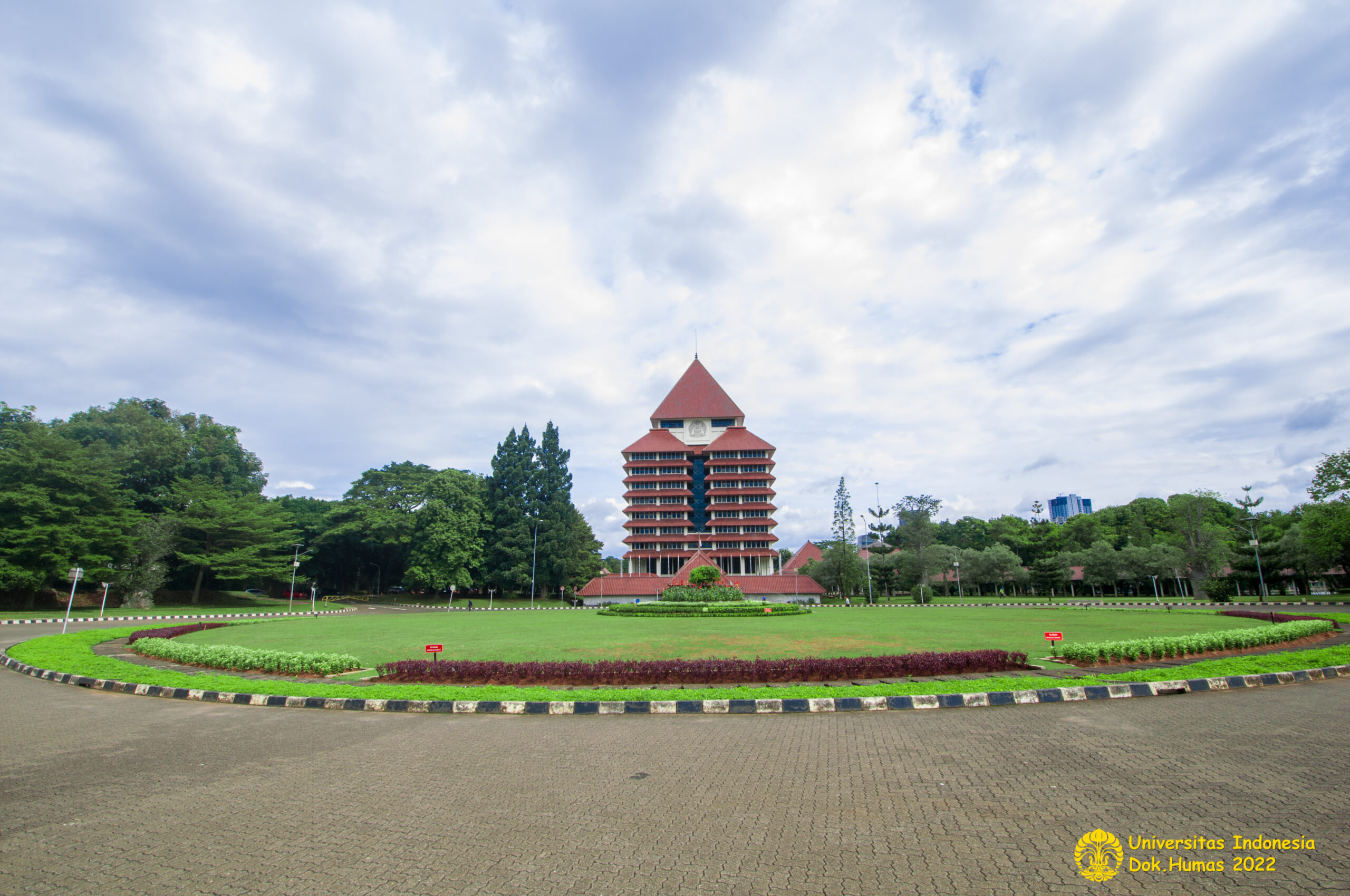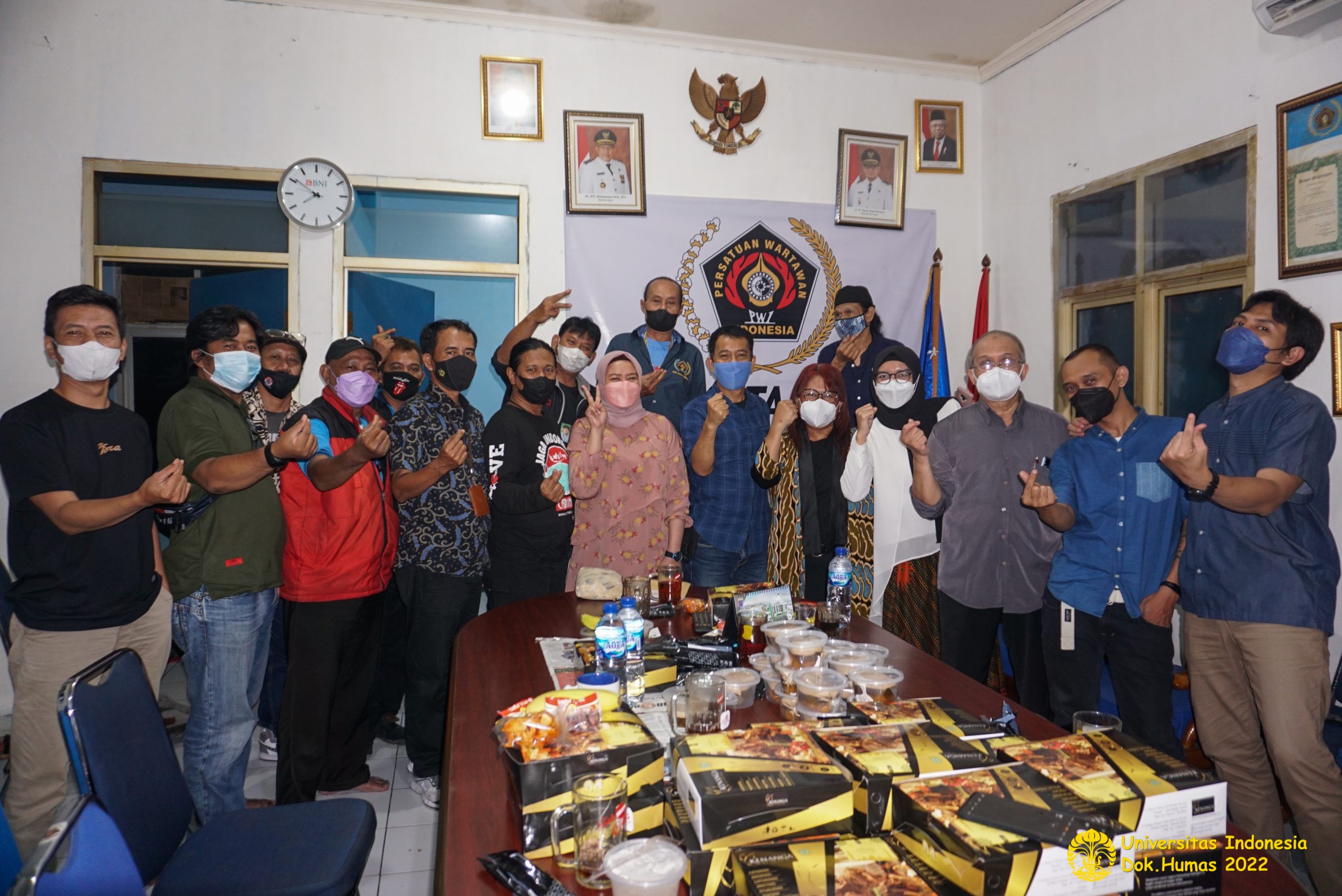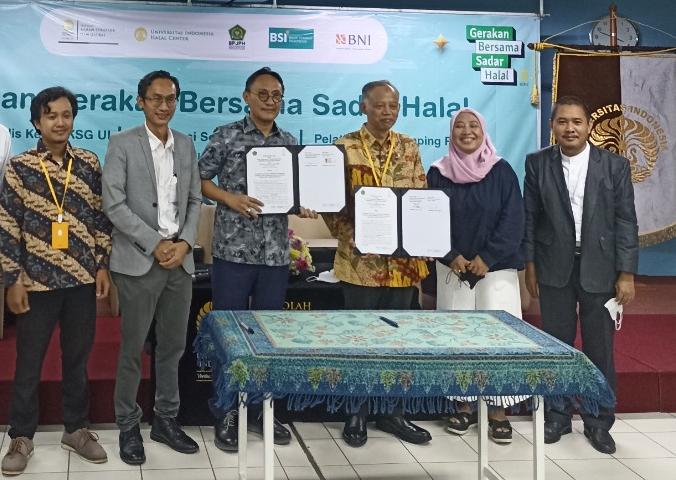Found almost everywhere in our daily lives, plastics are a type of synthetic organic polymer which are supposed to be beneficial to humans. Lightweight, strong, durable, and malleable in nature and cheap in cost, many products base their composition on plastics.
These benefits drive the production of plastics worldwide. In the year 1950, plastic production reached an amount of 0.35 metric tonnes, while in 2016 this has seen an increase to 335 metric tonnes. metric tonnes. This was expressed by Dr. rer. nat. Mufti Petala Patria, M.Sc., in anOnline General Lecture Series held by Marine Studies, Faculty of Mathematics and the Natural Sciences UI, titled” Microplastic Pollution: A Serious Problem in Our Ocean” on Friday, (4/6/2022).

Mufti explained, furthermore, that the high amount of plastics produce would mostly end up as waste. Around 8 million tonnes of plastic waste would find their way into the ocean. Much of the waste in oceans would eventually end up stranded in coasts and many others would be sent drifting away by currents in the ocean. Those kinds of plastics stuck in the ocean are a great threat to marine animals.
“An example is waste from fishing nets, which entrap marine animals such as turtles, sharks, whales. In addition, wastes in the sea may be seen as food by marine animals, and when eaten, will affect their digestive systems, [in some cases] leading to death.” explained Mufti, who currently holds a chair in Oceanography and Marine Biology in the Department of Biology, FMIPA UI.
Mufti has also mentioned, in the same occasion, a certain type of plastic waste posing a threat to marine biotas and ecosystems, namely microplastics. Microplastics are plastics smaller than 5mm in size. Microplastics are classed into two types, namely primary andsecondary microplastics. “Primary [microplastics] are microplastics that are purposely manufactured micro-sized (in the form of microbeads), commonly used for [manufacturing] toothpaste and beauty products (such as facial scrubs). Secondary microplastic, meanwhile, are formed due to the disintegration of large-sized plastics into smaller-sized bits due to both abiotic and biotic factors,” stated Mufti.
Both primary and secondary microplastics can pollute the seas and endanger marine ecosystems. One example is the results of research carried out in Kamal Muara, North Jakarta. The results found out that each kilogramme of sediment contains microplastics amounting to 868.33 particles.
Like ordinary plastic waste, microplastics can also enter marine animal systems due to the former being seen as food. One of those animals is the seashell, which filters its food from seawater. According to the findings in Kamal Muara, one green seashell may contain microplastics amounting from 7 to 469 microplastic particles.
Microplastics may also enter human bodies from consumption of marine animals. This forms a cycle, with humans producing primary andsecondary microplastics, which get carried away to the seas and eaten by marine animals which in turn get consumed by humans.
“Findings from research on several test animals [state that] microplastics contribute to changes to chromosome which lead to infertility, obesity, and cancer. Microplastics may also cause abnormal immunal response. This may also happen to humans.” stated Mufti.
Therefore, this problem caused by microplastics, which threaten not only marine ecosystems but also the health of humans, need to be consciously and seriously dealt with in earnest. “Crucial things that may be done include decreasing the use of plastics,the recycling of plastics, cleaning up waste in rivers and coasts, reducing the use of microbeads in beauty products, campaigning for efforts to reduce the use of plastics, and supporting organisations which take active parts in the reduction or plastic waste,” said Mufti, offering solutions in reducing the presence of microplastics.
Author: Robby Nugraha | Editor: Maudisha AR | Translator: jasper






